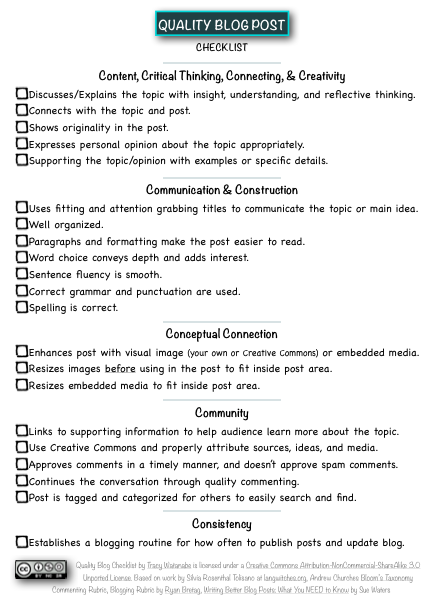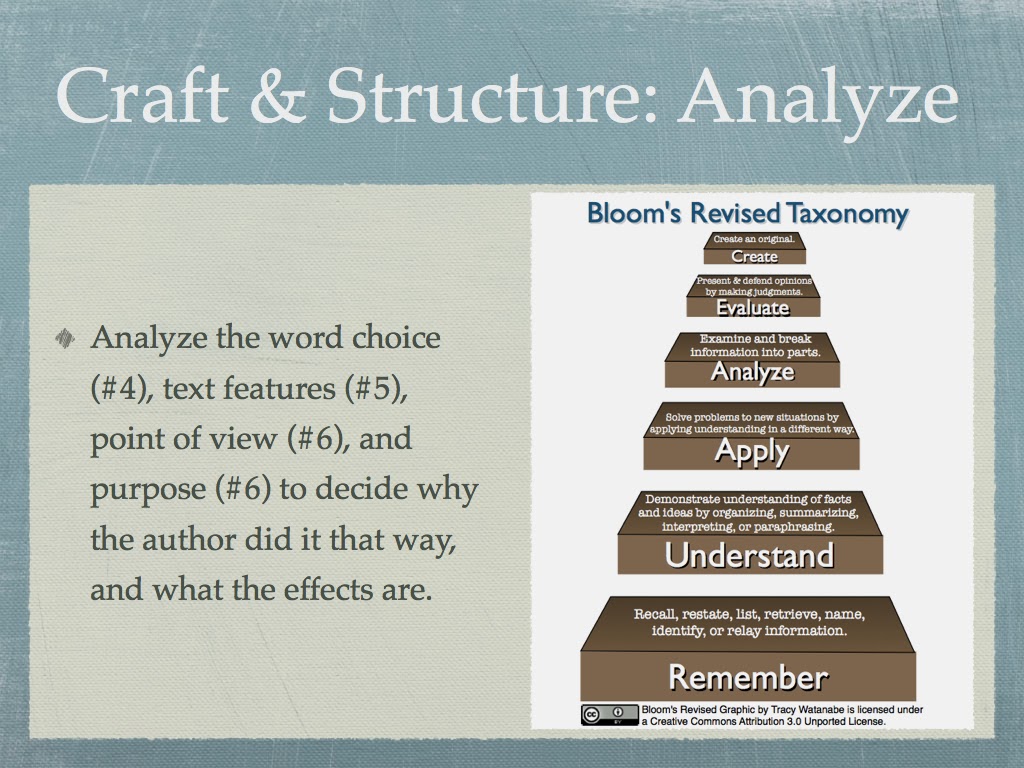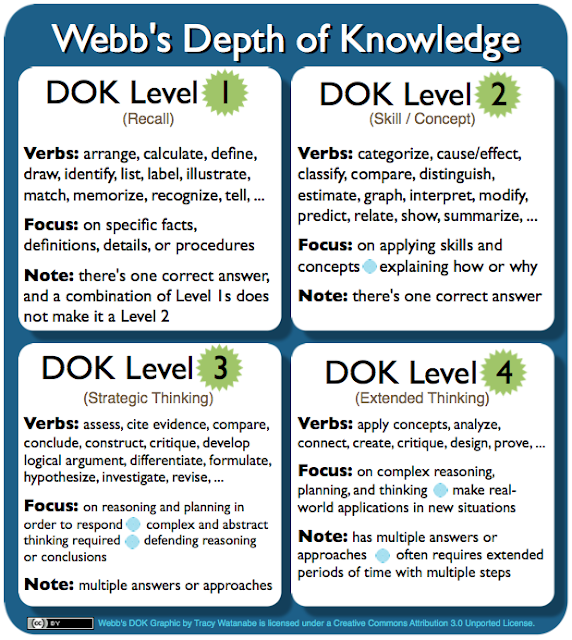Touring TitanPad
The TitanPad wiki was introduced to me back in September by Nick Sauers during our One-to-One training. What I liked was the immediate setup with no accounts needed, the way it color-coded who wrote what, the easy viewing of the revision history, the options to place passwords on it, and the built in "back channel."
Process of Introducing
During our 4th class, we divided chapter 5 into sections (jigsawed it), and wrote down what what struck us about the section.
After modeling it as a class, we were able to divide and conquer the remaining chapters for our next class.
High School Teacher Tours TitanPad
After seeing how easy it was it implement, AJHS teacher, Sandy Rollefstad, chose to do this with her AP Biology kids. Her students had a great experience with this.
She said the first day there was discussion on the chat, but nothing more than what we as teachers have in our classes, and they still completed their assignment. On the second day, there was less discussion on the chat, and the same fabulous results.
Recommendation
I recommend creating an account with an easy name to type in. Otherwise, you are limited to 15 people typing at once and there is a maximum number of saves. With the account, you get more people, more saves, and more options.
Tots Tour TitanPad
Back in December, I had the wonderful pleasure of working with 2nd grade tots on their first tour of the TitanPad wiki.
The SMES 2nd grade team, Marcy Saggio, Meredith Hopaczylo, and Denise Cook, brainstormed ideas to help their students learn same sounds but different spellings, such as n in new, gn in gnat, or kn in know. They wanted to have students engaged in words and working together to help generate more ideas and examples.
Naturally, they wanted to use a wiki to do so, but wanted it open for families to work on when they were at home. Therefore, the team decided to use the TitanPad to do this because it was instantaneous collaboration without having to sign up ahead of time.
Since this was the students first time working on such a space, they enjoyed the task but also became upset if someone moved their work. So, we had a little learning curve because each time someone hit enter, it moved their work down a space... but the students thought their labor was erased because what was on "line 21" turned into a blank line instead of looking to "line 22".
I was glad we decided to introduce it in small groups. Once those lessons were learned, they were golden and loved being able to collaborate on the exact same assignment as the kids in the room next door.
This blog was inspired by the fabulous educators in AJUSD who continue to try new things to create learning-centered classrooms. Thank you for making a difference in our kiddos lives!
 |
| TitanPad Wiki used in our Reinventing PBL book study class |
During our 4th class, we divided chapter 5 into sections (jigsawed it), and wrote down what what struck us about the section.
After modeling it as a class, we were able to divide and conquer the remaining chapters for our next class.
High School Teacher Tours TitanPad
After seeing how easy it was it implement, AJHS teacher, Sandy Rollefstad, chose to do this with her AP Biology kids. Her students had a great experience with this.
 |
| Here's the example of our "Chat" or built-in "Back Channel". |
Recommendation
I recommend creating an account with an easy name to type in. Otherwise, you are limited to 15 people typing at once and there is a maximum number of saves. With the account, you get more people, more saves, and more options.
Tots Tour TitanPad
Back in December, I had the wonderful pleasure of working with 2nd grade tots on their first tour of the TitanPad wiki.
The SMES 2nd grade team, Marcy Saggio, Meredith Hopaczylo, and Denise Cook, brainstormed ideas to help their students learn same sounds but different spellings, such as n in new, gn in gnat, or kn in know. They wanted to have students engaged in words and working together to help generate more ideas and examples.
Naturally, they wanted to use a wiki to do so, but wanted it open for families to work on when they were at home. Therefore, the team decided to use the TitanPad to do this because it was instantaneous collaboration without having to sign up ahead of time.
Since this was the students first time working on such a space, they enjoyed the task but also became upset if someone moved their work. So, we had a little learning curve because each time someone hit enter, it moved their work down a space... but the students thought their labor was erased because what was on "line 21" turned into a blank line instead of looking to "line 22".
I was glad we decided to introduce it in small groups. Once those lessons were learned, they were golden and loved being able to collaborate on the exact same assignment as the kids in the room next door.
This blog was inspired by the fabulous educators in AJUSD who continue to try new things to create learning-centered classrooms. Thank you for making a difference in our kiddos lives!



Comments
Post a Comment
Directions for posting:
1) Choose "Comment As" first. If you don't have a Google/Blogger account, you can choose Name/URL and type in your name, then place the web site that best describes you in the URL (i.e. www.ajusd.org). Or, you can choose "Anonymous".
2) You may need to press "Post Comment" more than one time.
It is always wise to copy your comment before pressing "Post Comment" just in case something happens.
3) Type in the word verification.
4) If you did everything correctly, it will state, "Your comment has been saved and will be visible after blog owner approval." If you do not get that message, please try again.
Click here for a tutorial on how to comment.
Thank you!